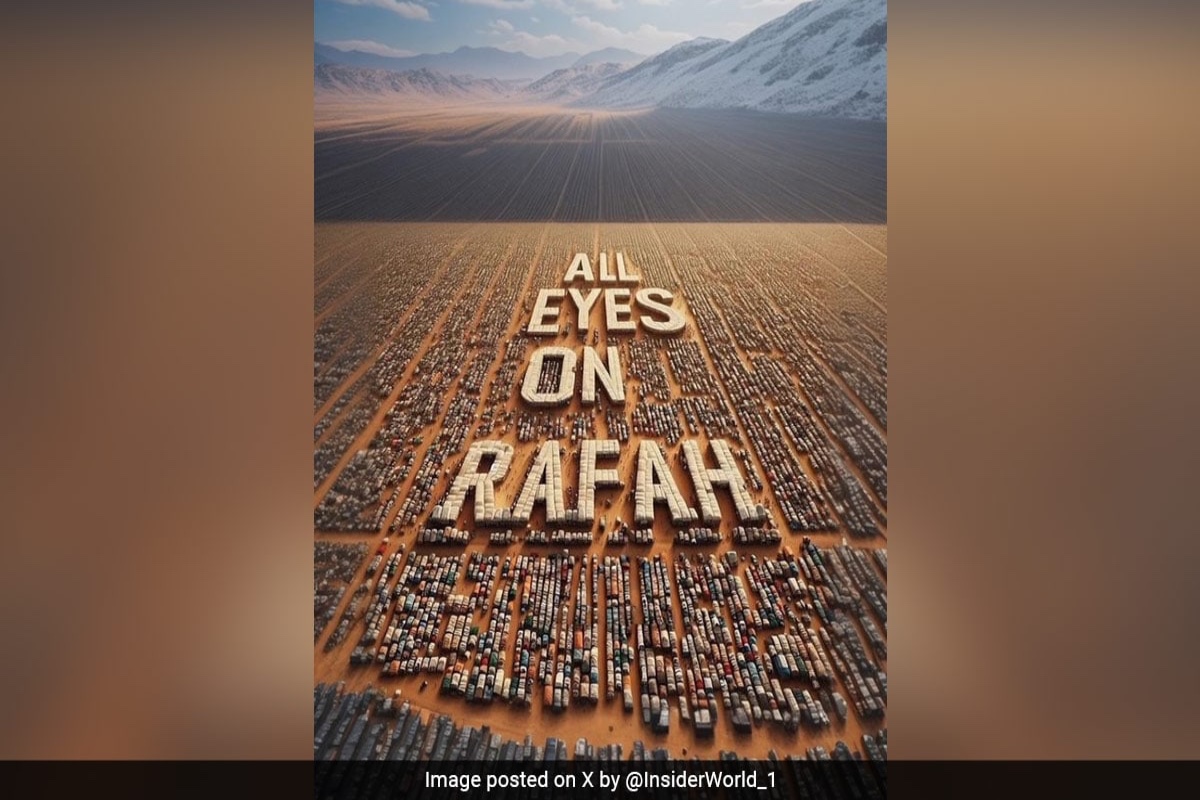Egypt Police & Youths Clash; Over 1,000 Hurt
By Patrick Werr and Yasmine Saleh
CAIRO (Reuters) – Police in Cairo fired tear gas on Wednesday at hundreds of stone-throwing Egyptian youths after a night of clashes that injured more than 1,000 people, the worst violence in the capital in several weeks.
Nearly five months since a popular uprising toppled long-serving authoritarian leader Hosni Mubarak, Egypt’s military rulers are struggling to keep order while a restless public is still impatient for reform.
The latest clashes began after families of people killed in the uprising that ousted Mubarak held an event in a Cairo suburb late on Tuesday in their honor.
Other bereaved relatives arrived to complain that names of their own dead were not mentioned at the ceremony. Fighting broke and moved toward the capital’s central Tahrir Square and the Interior Ministry, according to officials.
The Health Ministry said 1,036 people were injured, among them at least 40 policemen.
The ruling military council said in a statement on its Facebook page that the latest events “had no justification other than to shake Egypt’s safety and security in an organised plan that exploits the blood of the revolution’s martyrs and to sow division between the people and the security apparatus.â€
Prime Minister Essam Sharaf told state TV he was monitoring developments and awaiting a full report on the clashes.
A security source quoted by the state news agency MENA said 40 people were arrested, including one U.S. and one British citizen, and were being questioned by military prosecutors.
Some said those involved were bent on battling police rather than protesting. To others, the violence seemed motivated by politics.
“The people are angry that the court cases against top officials keep getting delayed,†said Ahmed Abdel Hamid, 26, a bakery employee who was at the scene overnight, referring to senior political figures from the discredited Mubarak era.
By early afternoon, eight ambulances were in Tahrir, epicenter of the revolt that toppled Mubarak on February 11, and the police had left the square. Dozens of adolescent boys, shirts tied around their heads, blocked traffic from entering Tahrir, using stones and scrap metal.
Some drove mopeds in circles around the square making skids and angering bystanders. “Thugs, thugs… The square is controlled by thugs,†an old man chanted.
“I am here today because I heard about the violent treatment by the police of the protesters last night,†said Magdy Ibrahim, 28, an accountant at Egypt’s Banque du Caire.
Treating Wounded
The clashes unnerved Egypt’s financial market, with equity traders blaming the violence for a 2 percent fall in the benchmark EGX30 index, its biggest drop since June 2.
First-aid workers treated people mostly for inhaling tear gas in overnight violence. A Reuters correspondent saw several people with minor wounds, including some with head cuts.
Mohsen Mourad, the deputy interior minister for Cairo, said the security forces did not enter Tahrir overnight and dealt only with 150-200 people who tried to break into the Interior Ministry and threw stones, damaging cars and police vehicles.
The Muslim Brotherhood’s political party warned Egyptians that remnants of Mubarak’s rule could exploit violence to their ends. Presidential candidate Mohamed ElBaradei called on the ruling military council to quickly clarify the facts surrounding the violence and to take measures to halt it.
U.S. Undersecretary of State William Burns, visiting Cairo, said he hoped an investigation into the clashes would be “fair and thorough.â€
Young men lit car tyres in the street near the ministry on Wednesday, sending black plumes of smoke into the air.
“There is lack of information about what happened and the details are not clear. But the certain thing is that Egyptians are in a state of tension and the reason behind this is that officials are taking time to put Mubarak and officials on trial,†said political analyst Hassan Nafaa.
Sporadic clashes, some of them between Muslims and the Christian minority, have posed a challenge to a government trying to restore order after many police deserted the streets during the uprising against Mubarak. In early May, 12 people were killed and 52 wounded in sectarian clashes and the burning of a church in Cairo’s Imbaba neighborhood.
A hospital in central Cairo’s Munira neighborhood received two civilians and 41 policemen with wounds, bruises and tear gas inhalation, MENA said. All were discharged except one civilian with a bullet wound and a policeman with concussion, it said.
Former interior minister Habib al-Adli has been sentenced to jail for corruption but he and other officials are still being tried on charges related to killing protesters. Police vehicles were stoned by protesters at Sunday’s hearing.
The former president, now hospitalized, has also been charged with the killing of protesters and could face the death penalty. Mubarak’s trial starts on August 3.
(Additional reporting by Dina Zayed and Sherine El Madany; Writing by Edmund Blair and Tom Pfeiffer; Editing by Peter Graff)
13-27











2011
1,283 views
views
0
comments